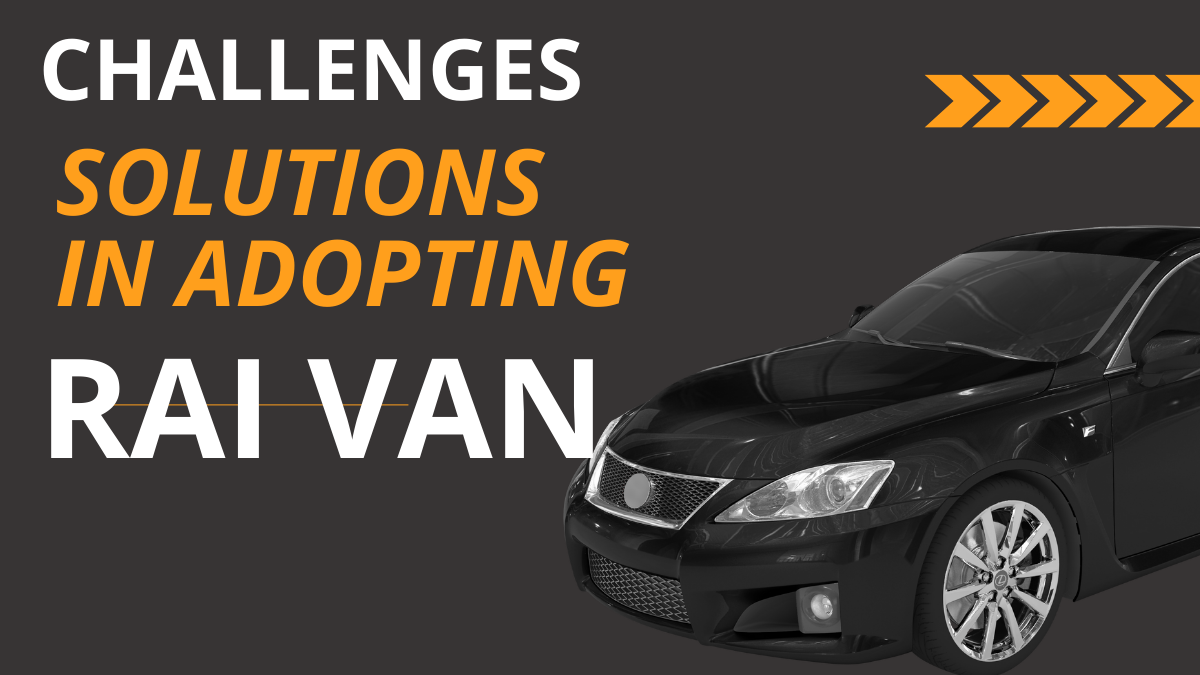Introduction to Rai Van
In today’s dynamic world, staying informed about innovative tools and methodologies is paramount. One such innovation is Rai Van, a concept that’s gaining traction across various sectors. Understanding its intricacies can provide significant advantages, whether in business, technology, or general application.
What is Rai Van?
Rai Van represents a fusion of traditional principles with modern technology, offering a unique solution that caters to contemporary needs. It encompasses a range of applications, from project management to advanced analytics, making it a versatile tool in today’s digital age.
Origins and Evolution of Rai Van
The term Rai Van has its roots in ancient methodologies, adapted over time to integrate with modern technological advancements. Initially, it served as a strategic framework for managing resources and tasks. However, with the advent of digital transformation, Van has evolved to incorporate sophisticated algorithms and AI-driven processes, enhancing its utility and efficiency.
Core Principles of Rai Van
Understanding the core principles of Van is essential for leveraging its full potential. These principles include:
1. Strategic Planning
At the heart of Van is strategic planning. This involves meticulous analysis and foresight to map out objectives, resources, and timelines effectively. By prioritizing tasks and aligning them with overarching goals, Rai Van ensures that every action contributes to the desired outcome.
2. Resource Management
Efficient resource management is another cornerstone of Van. This principle focuses on optimal allocation and utilization of resources, minimizing waste, and maximizing productivity. Whether it’s human resources, financial assets, or technological tools, Van provides a framework for their best use.
3. Continuous Improvement
The principle of continuous improvement is ingrained in Van. Through regular assessments and feedback loops, it foster an environment of perpetual growth and enhancement. This iterative approach ensures that processes are always evolving to meet changing demands and expectations.
Applications of Rai Van in Modern Industries
Van has a broad spectrum of applications across various industries. Here, we delve into some of the most impactful areas where Van is making a difference.
1. Business and Project Management
In the realm of business, Rai Van is revolutionizing project management. Integrating advanced analytics and real-time data monitoring enables businesses to streamline their operations, predict challenges, and implement solutions proactively. The strategic planning aspect of Van ensures that projects are executed with precision and efficiency.
2. Healthcare
The healthcare sector benefits immensely from Rai Van. From patient management systems to predictive analytics for disease outbreaks, Van enhances the ability to provide timely and accurate medical services. The continuous improvement principle ensures that healthcare processes are always being refined for better patient outcomes.
3. Education
In education, Van supports curriculum development, student performance tracking, and administrative efficiency. By applying strategic planning and resource management, educational institutions can create more effective learning environments and improve student engagement and success.
4. Technology and Innovation
Rai Van plays a pivotal role in driving technological advancements and innovation. Its framework supports the development and deployment of cutting-edge technologies, ensuring they are implemented effectively and sustainably. Continuous improvement mechanisms within Rai help tech companies stay ahead of the curve.
Implementing Rai Van: Steps and Best Practices
To harness the power of Van, it’s crucial to follow a structured implementation process. Here are some key steps and best practices:
1. Initial Assessment and Goal Setting
Begin with a thorough assessment of your current processes and resources. Identify areas that can benefit from Van and set clear, achievable goals. This step lays the foundation for a successful implementation.
2. Strategic Planning
Develop a detailed strategic plan that outlines the steps to achieve your goals. This plan should include timelines, resource allocation, and key performance indicators (KPIs) to measure progress.
3. Resource Allocation
Efficiently allocate resources based on the strategic plan. Ensure that all necessary tools, personnel, and finances are in place to support the implementation process.
4. Continuous Monitoring and Adjustment
Implement continuous monitoring systems to track progress and identify any issues early. Use feedback loops to make necessary adjustments and improvements, ensuring the process remains aligned with your goals.
5. Training and Development
Invest in training and development for your team to ensure they are equipped with the skills and knowledge needed to work effectively within the Rai Van framework.
Challenges and Solutions in Adopting Rai Van
While Rai Van offers numerous benefits, its adoption may present certain challenges. Here, we discuss common obstacles and provide solutions to overcome them.
1. Resistance to Change
Change can be daunting, and resistance from team members is a common challenge. To mitigate this, emphasize the benefits of Rai and involve team members in the planning process. Providing adequate training can also ease the transition.
2. Resource Constraints
Limited resources can hinder the implementation of Van. Prioritize your goals and allocate resources strategically. Seek external funding or partnerships if necessary to support the process.
3. Technological Integration
Integrating new technologies with existing systems can be complex. Conduct thorough testing and ensure compatibility before full-scale implementation. Utilize expert support to navigate technical challenges effectively.
Future Trends in Rai Van
The future of Rai Van is bright, with ongoing advancements promising even greater efficiencies and capabilities. Key trends to watch include:
1. AI and Machine Learning Integration
The integration of AI and machine learning will enhance the predictive and analytical capabilities of Van. These technologies will enable more accurate forecasting and decision-making, driving even greater efficiencies.
2. Enhanced Data Analytics
As data becomes increasingly central to operations, Rai Van will incorporate advanced data analytics tools. This will provide deeper insights and enable more informed strategic planning and resource management.
3. Increased Automation
Automation will play a significant role in the future of Van. By automating routine tasks, it will free up resources for more strategic activities, enhancing overall productivity and efficiency.
Conclusion
Rai Van is a transformative concept that blends traditional principles with modern technology to offer a robust framework for strategic planning, resource management, and continuous improvement. Its applications across various industries highlight its versatility and potential to drive significant advancements. By understanding and implementing Rai Van, businesses and organizations can achieve greater efficiency, productivity, and success.


